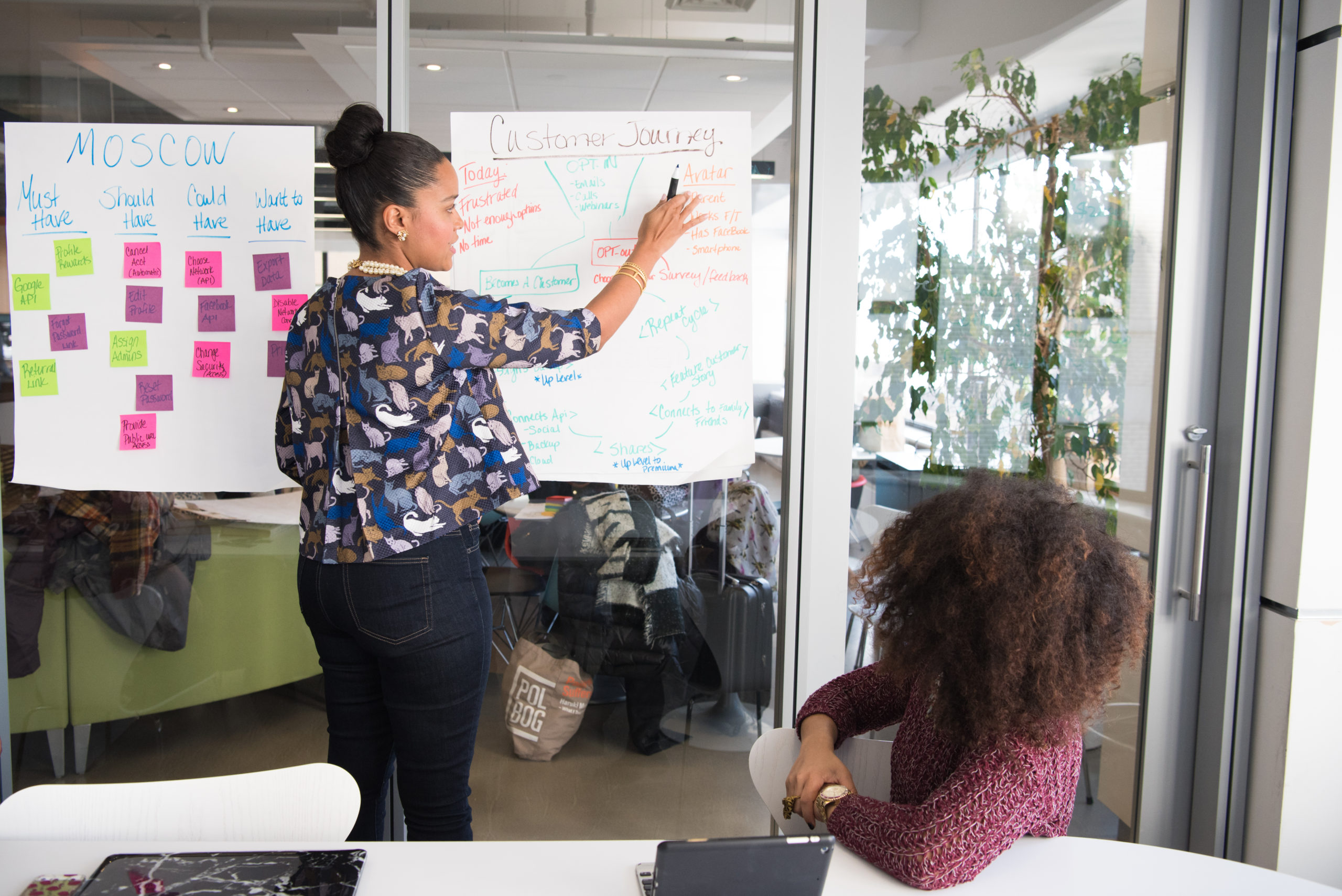Leaders have a choice when it comes to choosing the right consultant and they need to answer a fundamental and decisive question when considering a redesign of their organization’s operating model. “What is my desired outcome?” One outcome is delivered in the form of a technical design. Another looks like organization transformation. A clear view of the difference can powerfully influence how you choose a consultant to support your change. The choice is between expert consultants and process consultants. Awareness of the difference between the two types of consultants will provide you with an improved ability to choose the right consultant and produce the design outcome your organization needs.
“If the people facing the problem aren’t part of generating the solution, change is on shaky ground.” – G. Crosby
The Difference Between Expert and Process Consulting
The expert consultant wants you to believe something — “You will be better because I know better.” It’s an alluring proposal in a society conditioned to look outside of itself for answers to needs. The expert-led process uses a small team comprised of outside experts and key internal leaders to collect data and redesign the organization. The abiding idea is that there is a right way to organize, this team will find it, and it will then deploy a high-level design for others to adopt and implement.
The process consultant also wants you to believe something — “The answers are within the organization itself.” This proposal moves the object of trust and control from an external expert consultant to the people with experience living and working in the organization today. It is to believe that the organization can redesign itself but needs help with the process of redesign and business transformation.
Both types of consultants have expertise. The name difference is a bit misleading. The expert consultant, so phrased, will be more prescriptive about your design. The recommendation will be based on industry practices and the belief that your organization will succeed if it conforms accordingly. The process consultant will be prescriptive about the process your organization must follow to redesign itself. These are two models of expertise with very different assumptions about how to achieve effective organization change.
What Are the Contours of Change That Your Organization Really Needs?
Consider for a moment that the issues you’re trying to address in your organization may be related to both the technical operating model and patterns of interpersonal social behavior. For example, does finger-pointing and an “us versus them” attitude exist anywhere in your organization? Are dissenting opinions frequently dismissed? Do people listen to each other or wait for their turn to argue a point? Sustainable change addresses both the technical and social aspects of your organization. Here, too, the expert and process consulting models diverge quite substantively.
In the expert model, the change is technical. The assumption is that a new technical design can be installed into an unchanged social system. It is to overlook the idea that organization design is a social agreement among many — “You do this. I’ll do that. Here is how we’ll integrate our activity into a cohesive whole. These are our agreed-upon interpersonal behaviors.” Social agreement that an organization design is the best way to win in the market is fully missing from the expert approach to design. To compensate, organizations apply compliance-based change tactics pushed from the top.
In the process model, change is based on commitment. The process of designing the organization is also the process of changing the organization. Design and change are not artificially separated. In process-based design, your people learn to see the whole organizational system; they re-discover ways of working together and making effective group decisions; they develop bigger and stronger social networks on which organizational agility is built. Process consultants understand that the technical and the social aspects of organization must change together.
Pay Now or Pay Later
Change has costs associated with time and energy. With these costs in mind, you will pay now, or you will pay later. This reflects a view that choices made to protect organizational time and energy in the process of design will transfer into pain experienced during implementation.
Common expert approaches to organization design are the pay-later scenario. The underlying belief is that leaders can purchase a design from an external source using financial assets while minimizing the use of people assets. In this scenario, a small group makes design choices for the whole organization. A familiar cause of difficulty this purchase model creates is the “not invented here” syndrome. When designs are pushed into the organization using a top-down, compliance-based approach, those designs remain the intellectual property of those people at the top. When problems arise as the design is implemented, and they will, the organization will look to the design owners to produce solutions. This is a slow process that tends to create destructive us-versus-them attitudes and behaviors.
The process approach is the pay-now scenario. This view recognizes that engagement, commitment, and ownership are valuable and desirable outcomes of a design process. One benefit of these outcomes is faster, commitment-based implementation. Once you reach the implementation stage, a noticeable benefit is greater engagement and solution-seeking behavior when the need for design adjustments is identified. Achieving these benefits requires broader participation from an organization’s members. This participation represents “pay now” because of the associated cost in up-front time and energy.
You Have a Choice in Design Process
Leaders have a choice when seeking help with organization design. That choice involves a clear-eyed assessment of the desired outcome. It’s easy to say one wants both a good technical design and good implementation. The choice of consulting support will influence this combined outcome.
When considering organization redesign and interviewing consultants to assist the process, ask them to position their approach in the pay now versus pay later point of view. Consultants who use the process approach, such as ON THE MARK, will understand the question and have a clear answer. That answer involves the participation of the broader organization in the design process and its impact on implementation.
There is a benefit to asking this simple question. It will increase your ability to discern the complete process from contracting through implementation and stabilization. Highly produced binders and plans are not helpful by themselves. Successful implementation and organization transformation are the entire point of organization redesign. Many people are not familiar with the differences between expert and process consulting. You are now among those who do.
“People aren’t resistant to change. They’re sick and tired of being told what to do and how to do it.” – Merrelyn Emery
Dan Schmitz is a Consultant at ON THE MARK. OTM’s experience and passion for collaborative business transformation that’s supported by pragmatism, systems thinking, and a belief in people is unparalleled. OTM has been in business for over 30 years and is a leading organization design firm.





